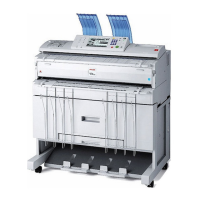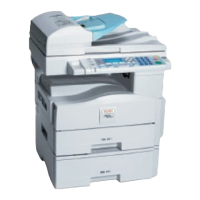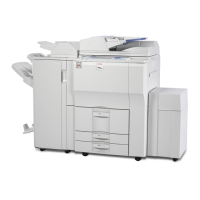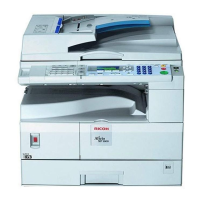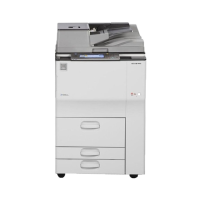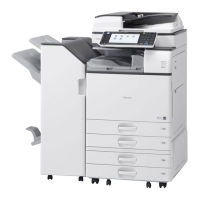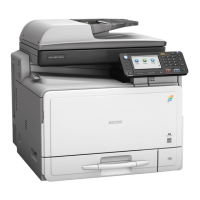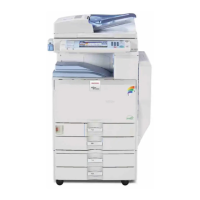• To collect logs, set "Collect Job Logs" and "Collect Access Logs" to [Active]. This setting can be specified
in [Logs] under [Configuration] in Web Image Monitor.
• For details about the items contained in the logs, see "Attributes of logs you can download".
• p.159 "Attributes of logs you can download"
Note concerning downloading logs
When the number of stored logs reaches the maximum, the oldest logs will be overwritten by newer logs.
This applies to both job and access logs and occurs regardless of whether or not the logs have been
downloaded.
Overwritten old logs will not be included in downloaded log files.
For this reason, we recommend you take note of the information in the table below and perform regular
log management using Web Image Monitor.
Maximum number of logs that can be stored in the machine
Job logs Access logs
2,000 6,000
Estimated number of logs created per day
Job logs Access logs
100 (100 logs per day) 300
This figure is based on 100
operations such as initialization and
access
operations
over the Web and
200 access log entries (two entries
per job: one login and one logout).
If the daily estimates are not exceeded, the machine can store logs for 20 days without having to overwrite
older logs.
However, we recommend that you download the logs every 10 days. This will prevent unwanted
overwriting and ensure all logs are preserved, even if the daily estimate is exceeded.
It is the responsibility of the machine administrator to deal downloaded log files appropriately.
• If you change the [Collect] / [Do not Collect] setting for log collection, you must perform a batch
deletion of the logs.
• After downloading the logs, perform a batch deletion of the logs.
Managing Log Files
151

